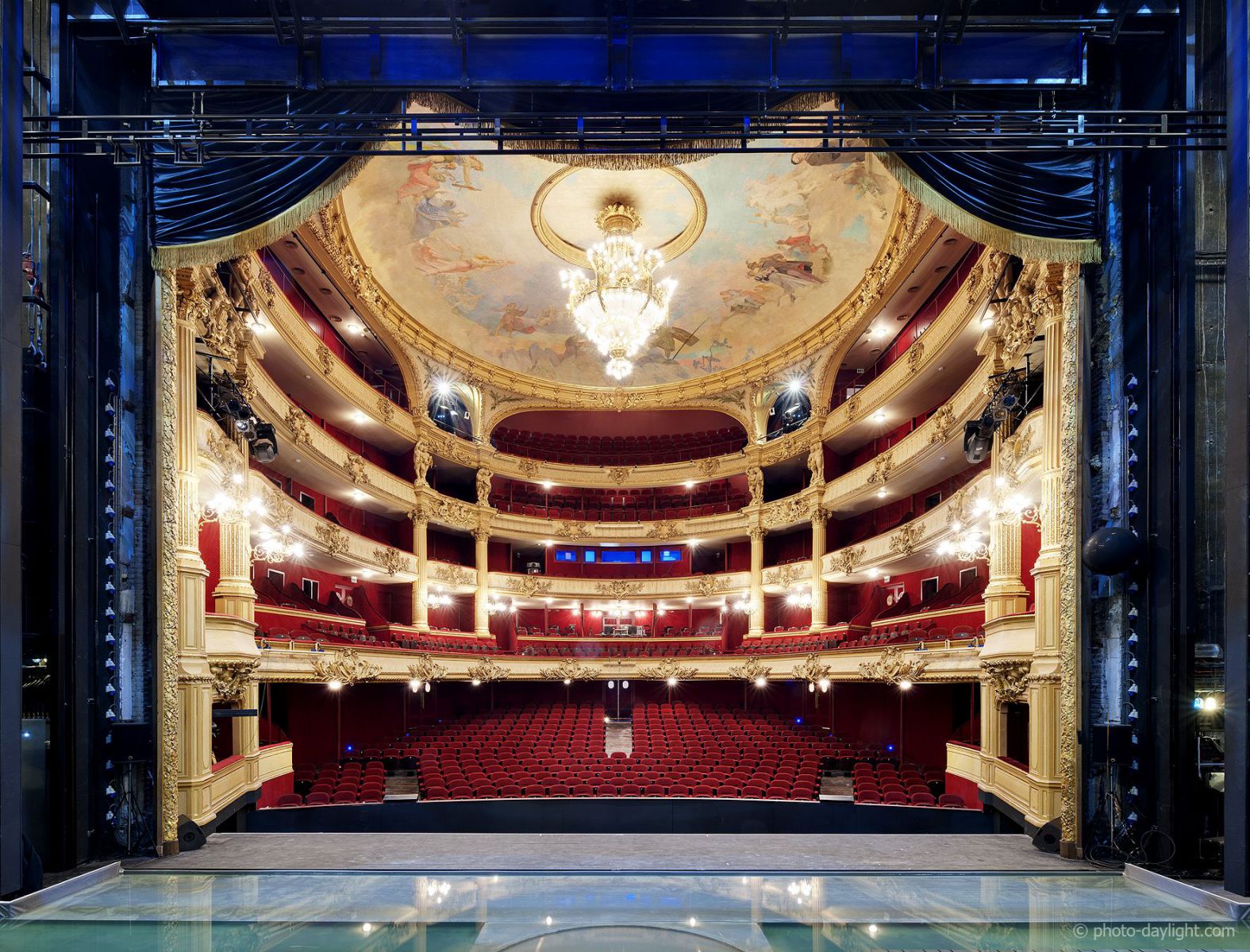


The works consisted in restoring the listed parts of the building and updating it for the requirements of contemporary opera techniques. It retains its neoclassical aspect but has been expanded with a modern space under the roof to add three additional floors.
Large metal beams spanning 22 m were installed above the main hall to support the three new floors. A temporary structure to protect the listed ceiling was installed at the start of the project to protect it from weather and potential damage while the work was being done. A new metal structure above the stage was planned to house the new technical equipment for the scenography.
The wind effects resulting from the increased height of the building are controlled by the concrete shear walls in the new lift shafts and integrated in the stage house.
O, for the ORW. The Opéra Royal de Wallonie-Liège is a lyrical, magical and somewhat mysterious place for creation, life and exchange. People come, impatient, full of hope and curious. The building is intriguing at first with its modern, aluminium trellis which symbolises the lines of a musical stave: when the sun reflects off of the cladding, it seems to sing, and the whole city sings with it.
In the living heart of the ORW, History catches up with the audience, starting with the white marble in the vestibule. The big staircase with its red carpet, which transforms visitors into artists, the Grétry room and its dazzling Murano crystal chandeliers, the velvet and gold of the hall, the ceiling, painted in 1903 by Emile Berchmans: the bright treasures of the two-century-old House move, astonish and fascinate.